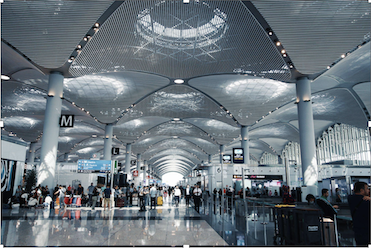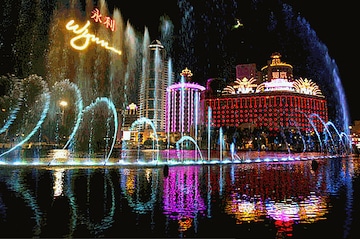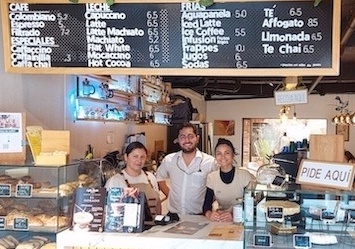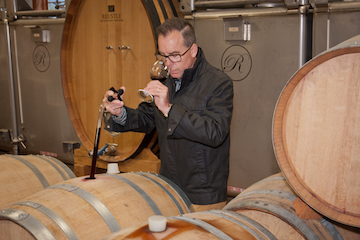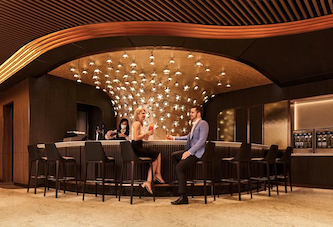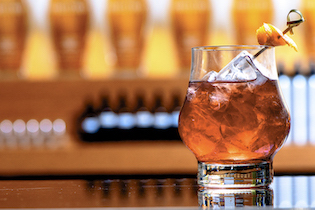Maybe it Isn’t The Worst Thing to Spend Time in These Airports
There are over 40,000 airports worldwide where passengers are likely to spend multiple hours before their departures. That assumes that the flight is on time, which it’s often not. Not many travelers enjoy sitting around a packed airport waiting anxiously. Fortunately, a growing number of airports today are taking steps to provide a more pleasing experience, attracting in the process many people who aren’t even ticketed passengers.


